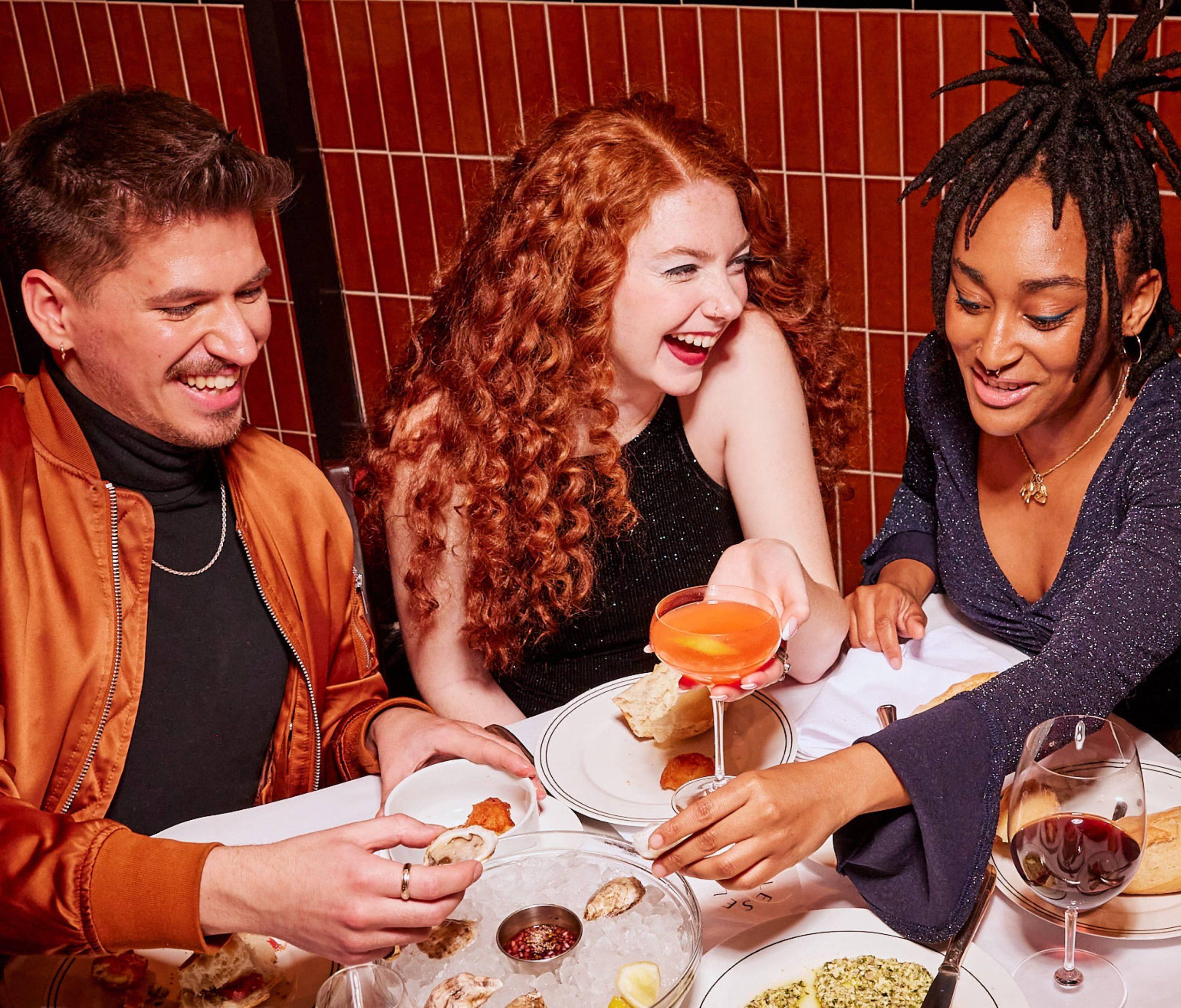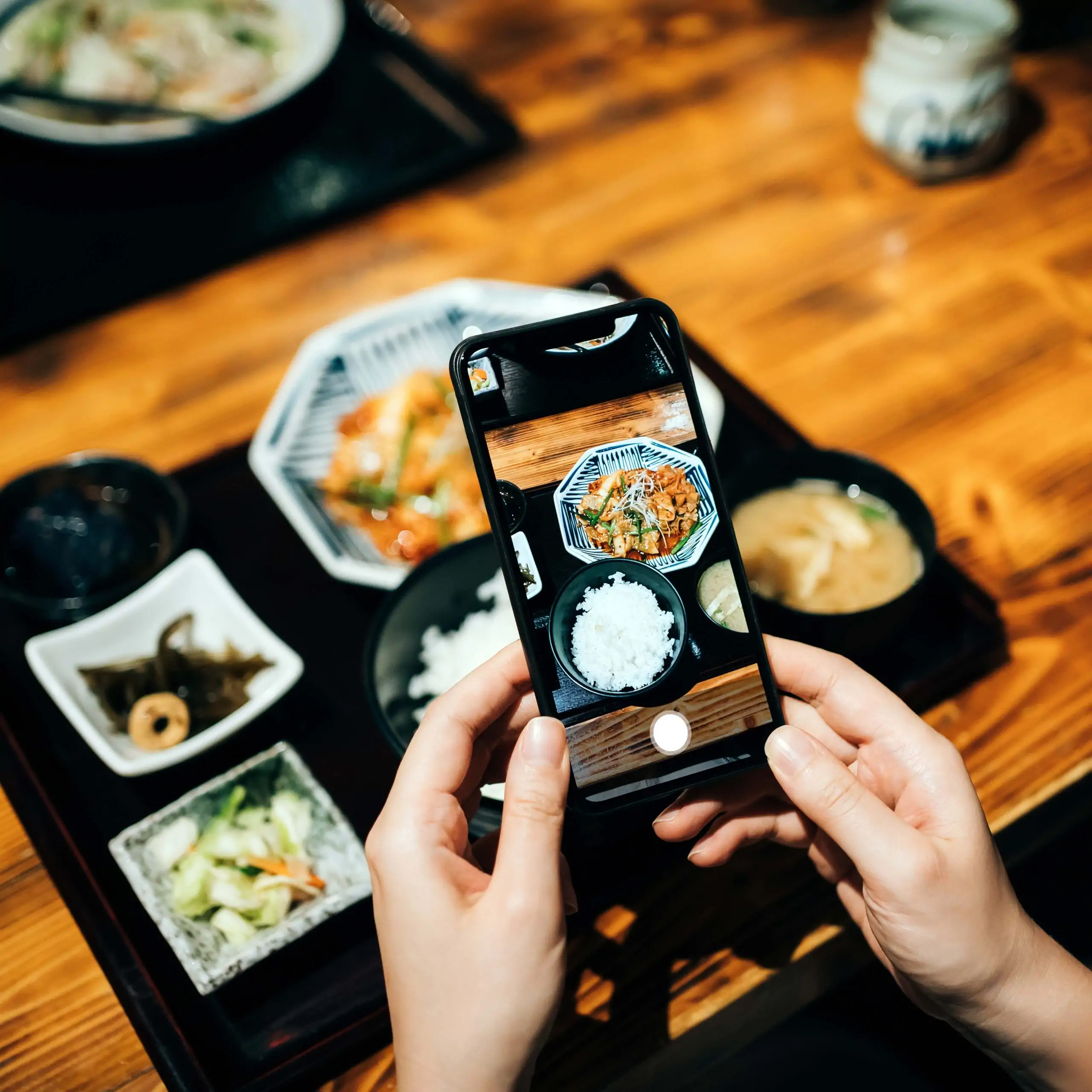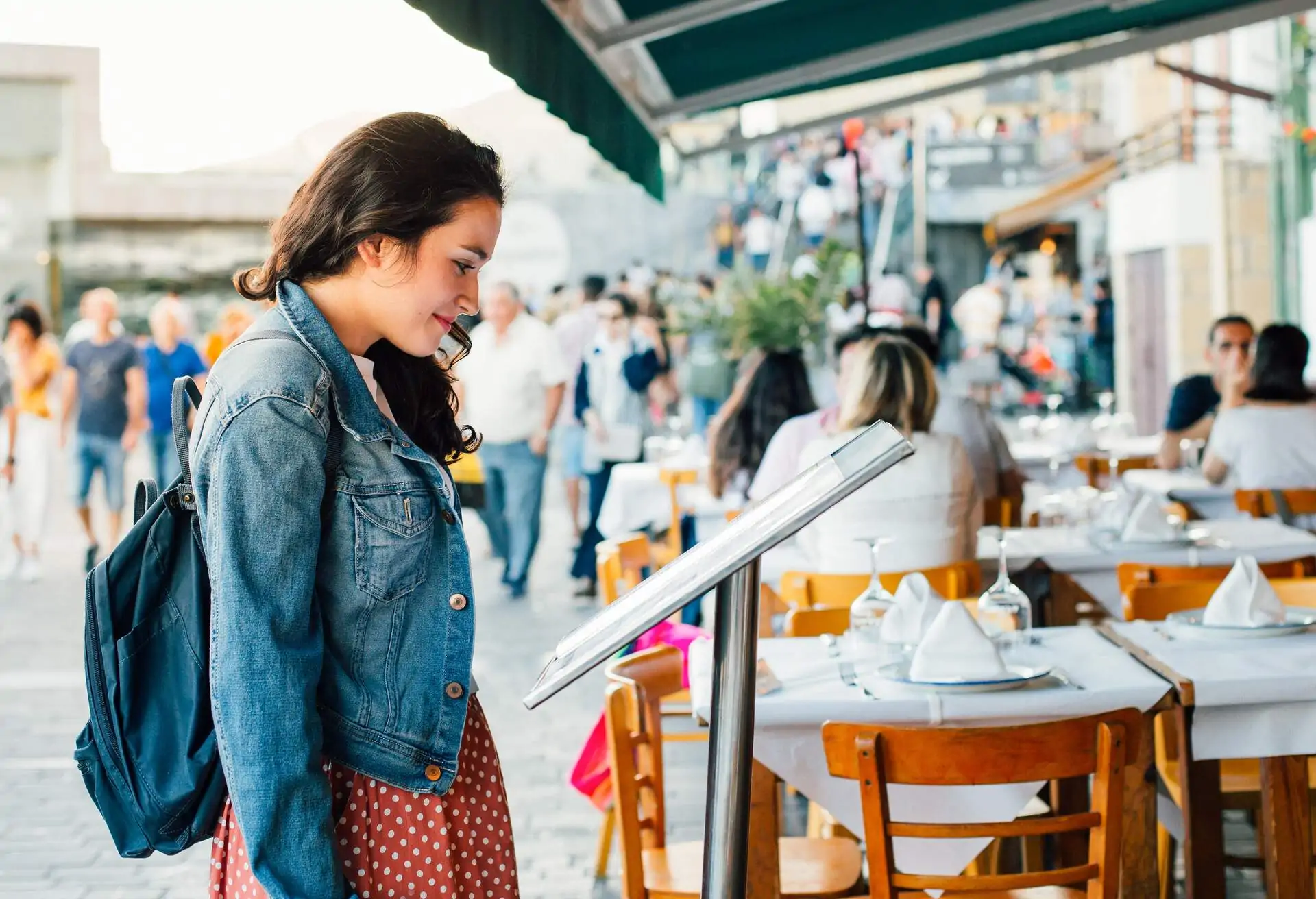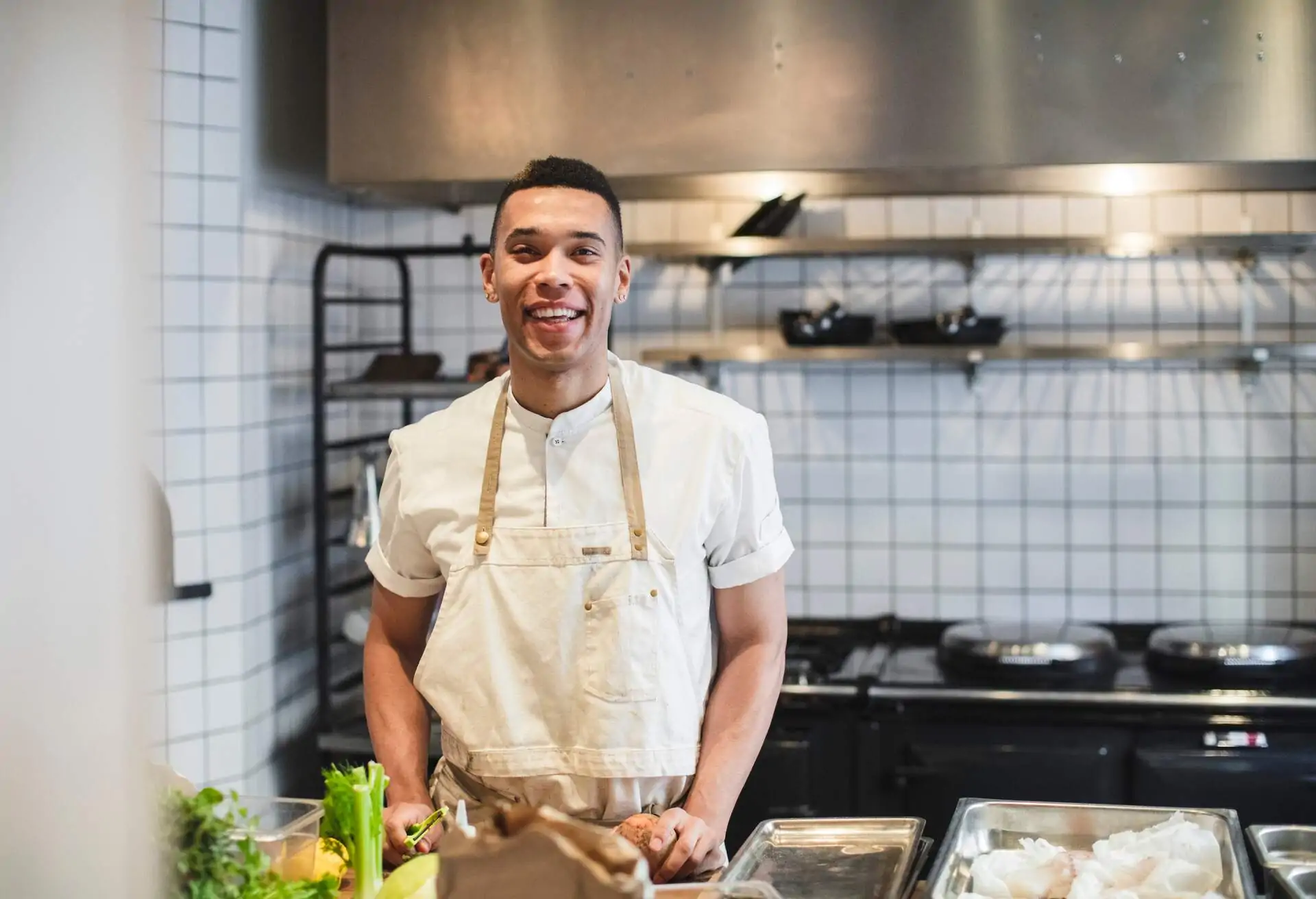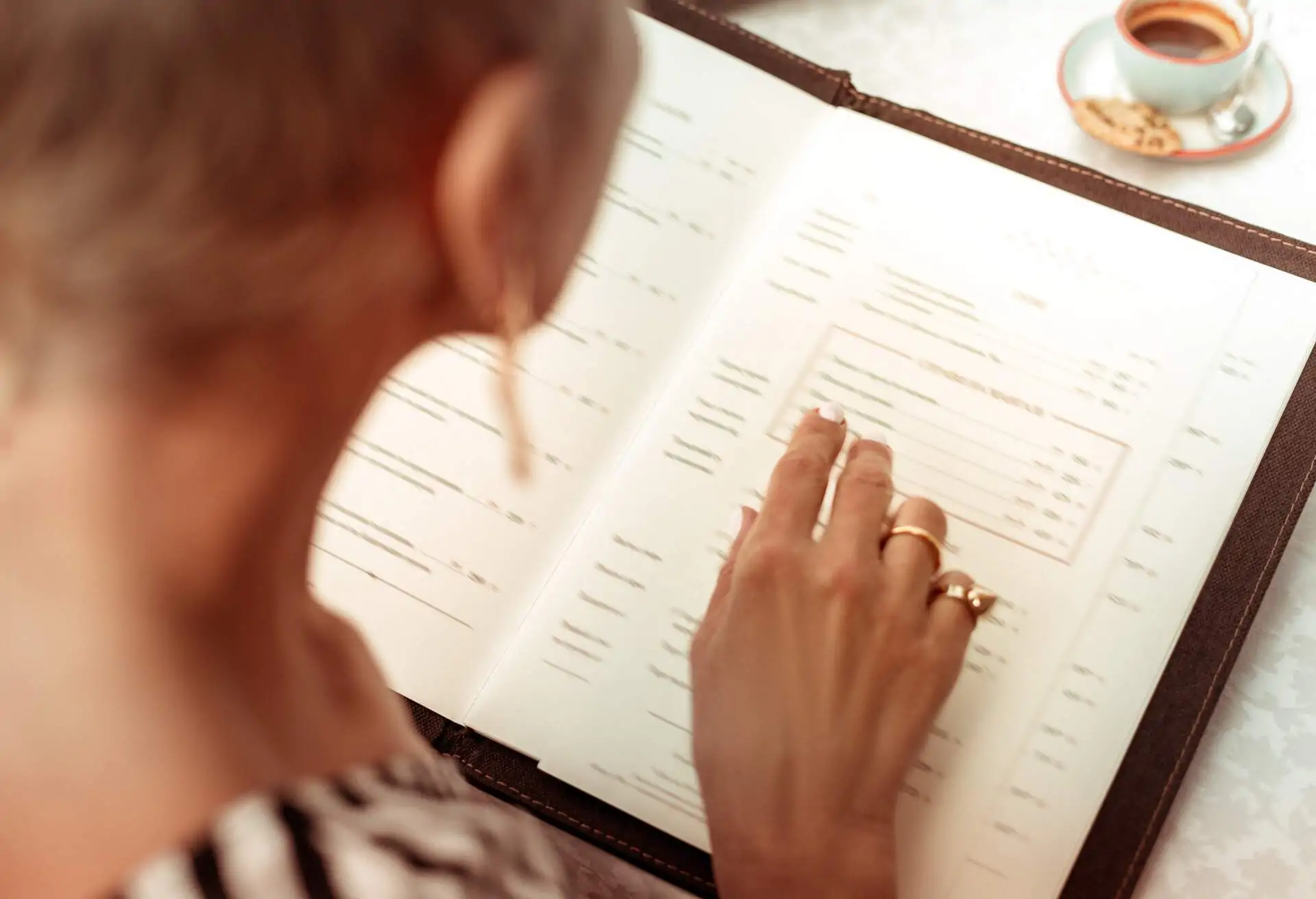The power and reach of the image is always growing.
Especially now. Just look at the active interest in it from an Instagram angle: Between 2017 and 18, the platform gained over 33% more monthly active users. That’s double Facebook’s growth, not to mention an even bigger advantage over Twitter.
There’s a good reason people flock to Instagram: it facilitates people sharing their story in an accessible way, through an accessible medium. Accordingly, restaurants and bars are doing well to take it seriously – indeed, in terms of getting people interested in a business (especially in the first instance), it could well be the future of online marketing.
The popularity of Instagram (not forgetting Pinterest, and to some degree Facebook) reinforces the idea that we increasingly rely on imagery to inform our decisions and speak to our emotions – only trouble is, we’re not all gifted photographers. Which can be something of a problem for bars and restaurants, considering how much we eat and drink with our eyes these days.
But like with most things, there are tricks to be learned; professionals to be consulted. Gaz has been taking pictures of food since he was ‘knee-high to a grasshopper’, a time when developed images were considered much more of an art and a labour-of-love than they are now. Gaz has worked as a creative director to some of the biggest advertising agencies around the capital, before starting up his own – Hatched – then diving into full-time freelance restaurant food photography as The Gaztronome for bars and restaurants.
So, how can food and drink businesses improve the way they present what they do? Gaz seems the one to ask.
What’s the biggest development you’ve seen since you started taking pictures of food and restaurants?
I think the biggest change is the advent of Instagram and other social channels where everyone thinks they are a ‘food photographer’. There’s a lot of great – and free – post editing apps out there now. And a lot of amateurs and bloggers picking up their iPhones and cheap DSLRs giving it a go, some with more success than others. Restaurateurs seem to think that hiring these so-called photographers in exchange for a free dinner or nominal fee is the way forward, but in my experience of what they say after the event, it always pays to hire a professional.
What project have you most enjoyed working on?
It’s pretty hard to single out any specific project or client as each shoot brings its own rewards and satisfaction. I like to use my camera as the instrument to tell the story of the restaurant, the food, the brand mantra and philosophy. Using my photography to bring to life the owner’s vision in to something tangible.
I did a shoot in Barcelona at a small neighbourhood restaurant called Petit Pau. I had frequented the restaurant on many occasions as a customer and became good friends with the owner, Pau, who wanted me to tell the story of his restaurant through my lens as I ‘understand them, and what they want to convey, better than any other photographer could’. The restaurant is all about market-fresh ingredients that day and a massive slant given to the provenance of the food and wine. So we visited the independent suppliers of the restaurants; fish markets at 4am in the morning; a dinner service in the evening, to tell a full 360-degree story through the imagery.
What’s the biggest improvement novices should make when taking pictures of their food, from a phone camera or otherwise?
The biggest tip would be to always shoot in natural daylight where possible. There’s no substitute and no better lighting in my opinion and I shoot with it as much as humanely possible. If you want to grab the best shots for the ‘gram or your website, always pick a table by the window and use the available light. Avoid the flash at all times.
Any other pointers?
I’d suggest shooting at the angle you are eating from. There are so many overhead shots these days and quite frankly I feel they are old hat. Focus on the food in front of you and pay less attention to the surrounding distractions on the table. Get in nice and close to create that drool-worthy snap.
Also, spend a little time exploring post editing software such as Lightroom and Adobe Photoshop. I do very little to my shots – I achieve the majority of the finished result ‘in camera’, but novices can have some fun with filters and such like to gloss over the not so perfect shots they may have snapped.
If there was one thing you wished restaurant owners knew before approaching you or any other restaurant food photographer, what would it be?
I guess allowing enough time for each dish shot, but also allowing a bit of budget for a food stylist as they are worth their weight in gold. Not all chefs can create a beautiful looking plate of food and there are a few trade secrets that can help elevate the photogenic nature of the dish that makes my life so much easier.
As well as food, what are the most important shots for a restaurant to have in its portfolio?
All depends on the restaurant, but if it’s headed up by a respected or celebrity chef then obviously shots of them. Shots of the staff in general always help convey the restaurant – are you a buzzy, relaxed, casual restaurant with cool uniforms and attitude or are you a more formal suited and booted business dinner establishment?
Focus on the interior of the restaurant as well. Both day and night. Customers always want to see what the ambience and or décor is like before deciding on a restaurant and if that particular restaurant is right for the occasion – a candle-lit restaurant full of nooks and hideaways for example – might not be best for a large group on a stag or hen do.
Also, if a restaurant is famed for the pasta or the pizza dough, for example, show the whole process of that journey from the supplier to the plate – the passion the craftsmanship that goes in to it all. It gives reassurance to the diner that they will be investing their time and money wisely. With so many options open these days for restaurant goers, quality imagery and the story it tells is more paramount than ever.
